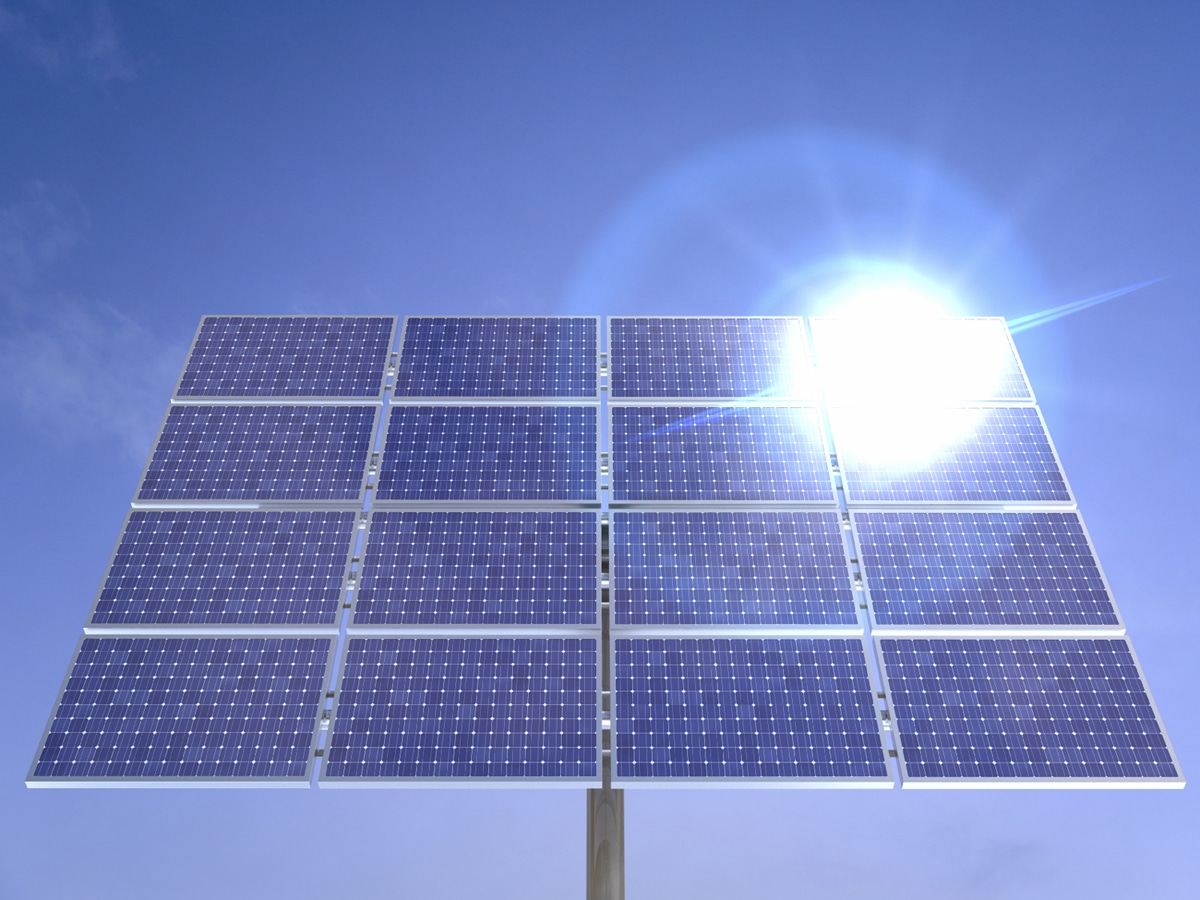Researchers from Iraq's University of Baghdad and the College of Agricultural Engineering Sciences have proposed two different techniques, based on shallow geothermal energy, to lower the operating temperatures of solar modules.
Shallow geothermal energy can be used for both heating and cooling in residential, commercial, and industrial buildings. It is generally produced within 10 meters from the earth’s surface and mostly at depths of 1 meter to 2 meters. This low-temperature energy is generated more by the solar energy hitting the Earth's surface than by heat coming from its core.
The first of the two cooling techniques was implemented via a closed-loop geothermal system, which uses a heat transfer solution to continuously circulate warmth through buried or submerged plastic pipes. The scientists uses a rectangular jacket made of a thin layer of galvanized iron, measuring 2 mm in thickness, as a container for the heat transfer fluid. The jacket was placed on the back of a solar module connected to a spiral ground heat exchanger immersed in a well, at a depth of 9 meters. They also used a pump to circulate the distilled water and transfer the heat from the panel to the heat exchanger.
The second system is an open-cycle cooling system. It uses a pump to suck the water from a well and make it circulate around the solar panel. It then brings the water to a discharge well.
The scientists tested the two methods on two PV panels from Japanese manufacturer Sharp, installed toward the south at a tilt angle of 23 degrees. Measurements were taken on short-circuit current, open-circuit voltage, incident radiation, and the panel temperature between May and September. The ambient temperature ranged from a maximum of 48 C in August to a minimum of 38 C in May.
Popular content
The highest irradiance was in June at 972 W/m2, while the lowest was in May at 900 W/m2. The operating temperature of the panel ranged from 72 C in both May and September to 92 C in August. Input water temperature in the closed-loop system was 27 C, while in the open-cycle system it was 23.1 C.
Under these extreme conditions and without the cooling systems, the power yield loss for the panels was around 30%. When the first cooling technique was activated, the power loss was reduced to 6%, while the second system lowered the power loss to just 4.1%.
The academics claim that the tech is economically feasible. They argued that the open-cycle technique is the more suitable option for module cooling, especially in utility-scale PV projects. Although the system is a bit expensive, it offers the possibility of storing the dissipated heat and reusing it for water and space heating in the winter.
They described the two techniques in “Improvement the PV solar module cooling systems by using shallow geothermal,” which was recently published in AIP Conference Proceedings.
This content is protected by copyright and may not be reused. If you want to cooperate with us and would like to reuse some of our content, please contact: editors@pv-magazine.com.



2 comments
By submitting this form you agree to pv magazine using your data for the purposes of publishing your comment.
Your personal data will only be disclosed or otherwise transmitted to third parties for the purposes of spam filtering or if this is necessary for technical maintenance of the website. Any other transfer to third parties will not take place unless this is justified on the basis of applicable data protection regulations or if pv magazine is legally obliged to do so.
You may revoke this consent at any time with effect for the future, in which case your personal data will be deleted immediately. Otherwise, your data will be deleted if pv magazine has processed your request or the purpose of data storage is fulfilled.
Further information on data privacy can be found in our Data Protection Policy.